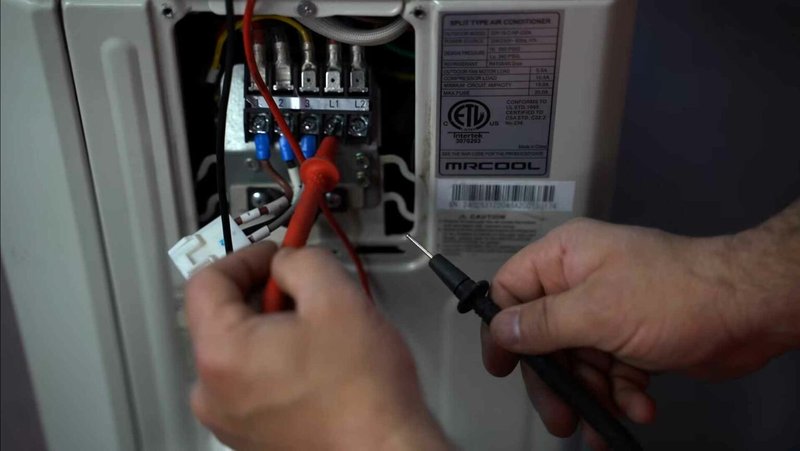
Here’s the deal: your air conditioner is like a complex orchestra, with every part playing its role to keep the temperature just right. When something goes off-tune, like the E1 error, it’s a signal that something’s not quite right under the hood. It’s the air conditioner’s way of communicating with you, letting you know that a little professional help might be needed. In simple terms, the E1 error often relates to an issue with the air filter, temperature sensors, or even more complex internal components. Let’s dive deeper into understanding when and why you should call a technician to help fix this.
Understanding the E1 Error Code on Your GE Air Conditioner
First things first, what does this E1 error code actually mean on your GE air conditioner? In many models, the E1 code indicates an issue with the air conditioner’s internal communication system. Think of it as if your device’s brain is having trouble sending messages to the rest of its body. It’s like trying to listen to your favorite song through a pair of faulty headphones — the sound just doesn’t come through correctly, and in this case, your air conditioner isn’t functioning at its best capacity.
Another possible cause of the E1 error could be a simple problem with the air filter. If the filter’s clogged or dirty, it can block airflow, much like a clogged nose can make it difficult to breathe. Your air conditioner relies on good airflow to work efficiently. So, if this pathway is blocked, it can throw off the whole system, causing it to display an error code.
Now, you might be thinking, “Can I fix this myself?” It’s a fair question! For minor and obvious issues like a dirty filter, cleaning or replacing it might solve the problem. But, if the error persists even after doing some basic troubleshooting, it’s often wise to call in a professional.
Do You Need a Technician? When to Seek Professional Help
You might be wondering why you would need a professional when you’ve already tried a few basic fixes on your own. Well, if the E1 error is still showing despite your efforts, there could be deeper issues at play, requiring a technician’s expertise. Imagine trying to fix a broken clock when the gear mechanism inside is jammed — sometimes a trained eye is needed to get things ticking again.
A technician can help diagnose more complex issues such as sensor malfunctions or problems with the main control board. These components are not only intricate but also delicate, and attempting to fix them without proper knowledge could cause more harm than good. Another scenario where professional help is necessary is when you notice abnormal noises or leaks, which could indicate a refrigerant issue — something only certified professionals should handle.
So, if you’ve done what you can without success, or if you’re not comfortable handling electronic or refrigerant issues, it’s definitely time to make that call. After all, peace of mind and safety should be top priorities.
Preventative Measures and Tips to Avoid Future E1 Errors
Prevention is always better than cure, right? The good news is there are a few simple steps you can take to minimize the chances of encountering an E1 error in the first place. Regular maintenance is key. Just like you wouldn’t drive a car forever without an oil change, you shouldn’t let your air conditioner go without a check-up. Regularly cleaning or replacing the air filter can prevent airflow blockages, keeping your system running smoothly.
Another tip is to keep an eye on your air conditioner’s environment. Ensure it has plenty of space to breathe and that vents are not blocked. Think of it like ensuring a plant gets enough sunlight and water to thrive. Additionally, keeping the external and internal parts free of dust and debris can prevent many minor issues from escalating into bigger ones.
Lastly, consider setting up a maintenance schedule with a technician. Having a professional give your air conditioner a periodic once-over can catch potential problems early, saving you time, money, and hassle in the long run. After all, taking small steps now can lead to a hassle-free, cool, and comfortable home environment year-round.